Comparison of optical sensing and piezoelectric sensing technology for plantar pressure scanners
1. Differences in core principles
Optical sensing technology measures pressure by detecting changes in optical signals, and mainly includes two types of implementation methods:
Fiber deformation monitoring: The contact with the sole of the foot causes the fiber to bend, and the pressure value is inferred by analyzing the light intensity attenuation or wavelength offset, with an accuracy of ±0.5kPa, and completely free of electromagnetic interference;
Microlens array imaging: The microlens array is embedded in the flexible transparent sensing layer, and the pressure distribution on the sole of the foot changes the refractive index of the lens, and the pressure gradient is analyzed by the rear CMOS imaging system.
Piezoelectric sensing technology is based on the piezoelectric effect, using the characteristics of crystal materials such as lead zirconate titanate (PZT) to generate charge under pressure:
The amount of charge is positively correlated with the rate of change of pressure, and a charge amplifier is required to achieve signal conversion;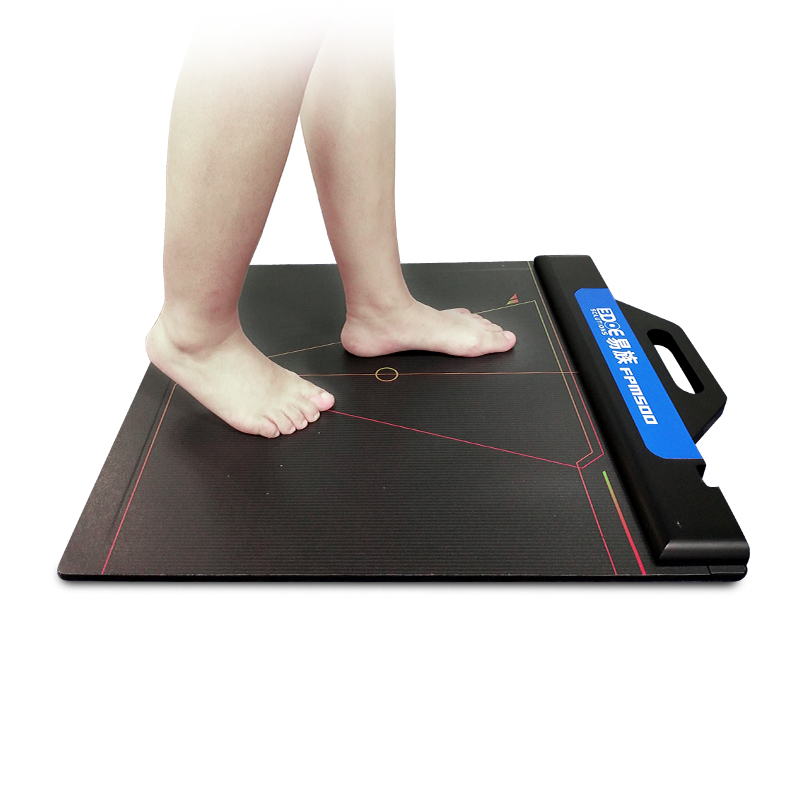
It only responds to dynamic pressure changes, and there is a baseline drift problem due to charge leakage during static pressure measurement.
Plantar pressure distribution system
II. Measurement dimension characteristics
Time resolution:
The dynamic response frequency of the piezoelectric sensor is up to 10kHz, which can capture millisecond-level pressure fluctuations in the gait cycle (such as the instantaneous impact force of the heel touching the ground);
Optical sensors are limited by image acquisition speed, with a typical sampling rate of 200Hz, but can be increased to 500Hz through grating encoding technology.
Spatial distribution analysis:
The optical sensing system generates a full plantar pressure heat map through a high-density fiber grid (40 sensing points per square centimeter), accurately locating high-pressure areas such as metatarsal heads and arches;
Due to the limitation of electrode arrangement, the piezoelectric sensor array usually arranges sensing units at a spacing of 5mm, and local pressure details are easy to be smoothed.
Long-term stability:
Optical sensors have no physical contact wear, and the accuracy attenuation is less than 1% in a million pedaling tests;
Piezoelectric materials have fatigue effects, and the sensitivity decreases by about 5% after 200 hours of continuous use, requiring regular calibration.
3. Comparison of clinical application scenarios
Sports biomechanics analysis:
Piezoelectric systems are more suitable for short-term burst action monitoring (such as jumping landing impact), and their microsecond response can identify transient pressure peaks during the forefoot propulsion period;
Optical systems can quantify the pressure migration path of marathon runners during long-distance running with spatial advantages, and assist in optimizing the pressure distribution design of running shoes.
Development of medical correction devices:
The millimeter-level pressure distribution map generated by the optical scanner can guide the hollow structure and density gradient design of 3D printed insoles, reducing the peak pressure of the forefoot by 18%-25%;
Piezoelectric sensing data is used for dynamic gait simulation to verify the pressure buffering efficiency of orthotics in motion.
Special patient monitoring:
Optical technology can achieve non-contact measurement of sensitive tissues such as diabetic foot, avoiding the risk of ulcers caused by sensor contact;
Piezoelectric film sensors can be integrated into smart insoles to monitor the gait freezing phenomenon of Parkinson's patients in real time and trigger vibration reminders.
IV. Technology Evolution Trend
The new hybrid sensing system has achieved the synergy of optical and piezoelectric technologies:
Optical sensing is used to capture static pressure distribution, and piezoelectric units specialize in dynamic impact force analysis, reducing the error rate of gait correction solutions to 2.3%;
The integration of nano-piezoelectric materials (such as PVDF-TrFE) and micro-optical devices has made the sensor thickness exceed 0.3mm, and it can be embedded in sports socks to achieve non-contact monitoring.
The two technologies complement each other in different dimensions, and clinical needs must be comprehensively evaluated when choosing: piezoelectric sensing is selected for dynamic details, and optical solutions are preferred for spatial accuracy and long-term stability.

 +86-0755-86131192
+86-0755-86131192 2025-03-17
2025-03-17 Back to list
Back to list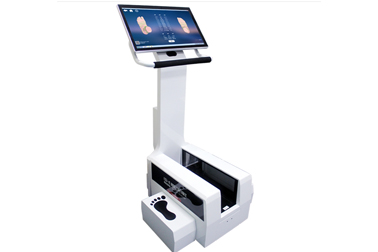
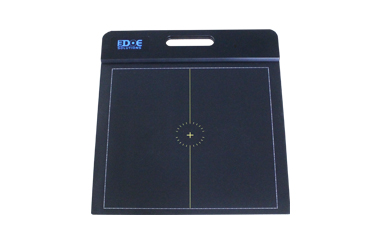
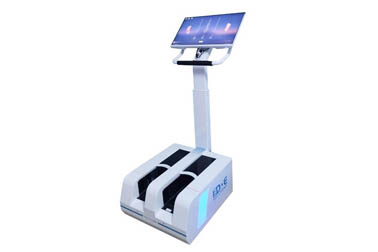
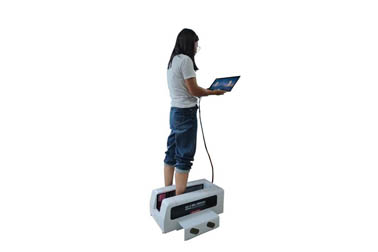
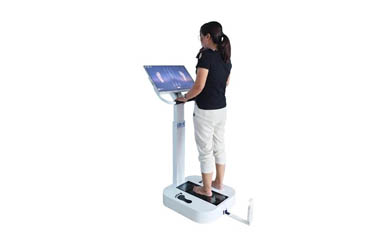
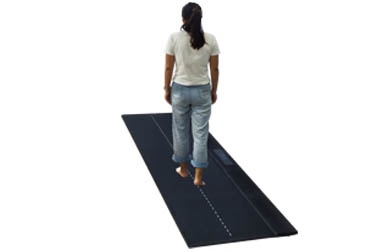



 +86-0755-86131192
+86-0755-86131192